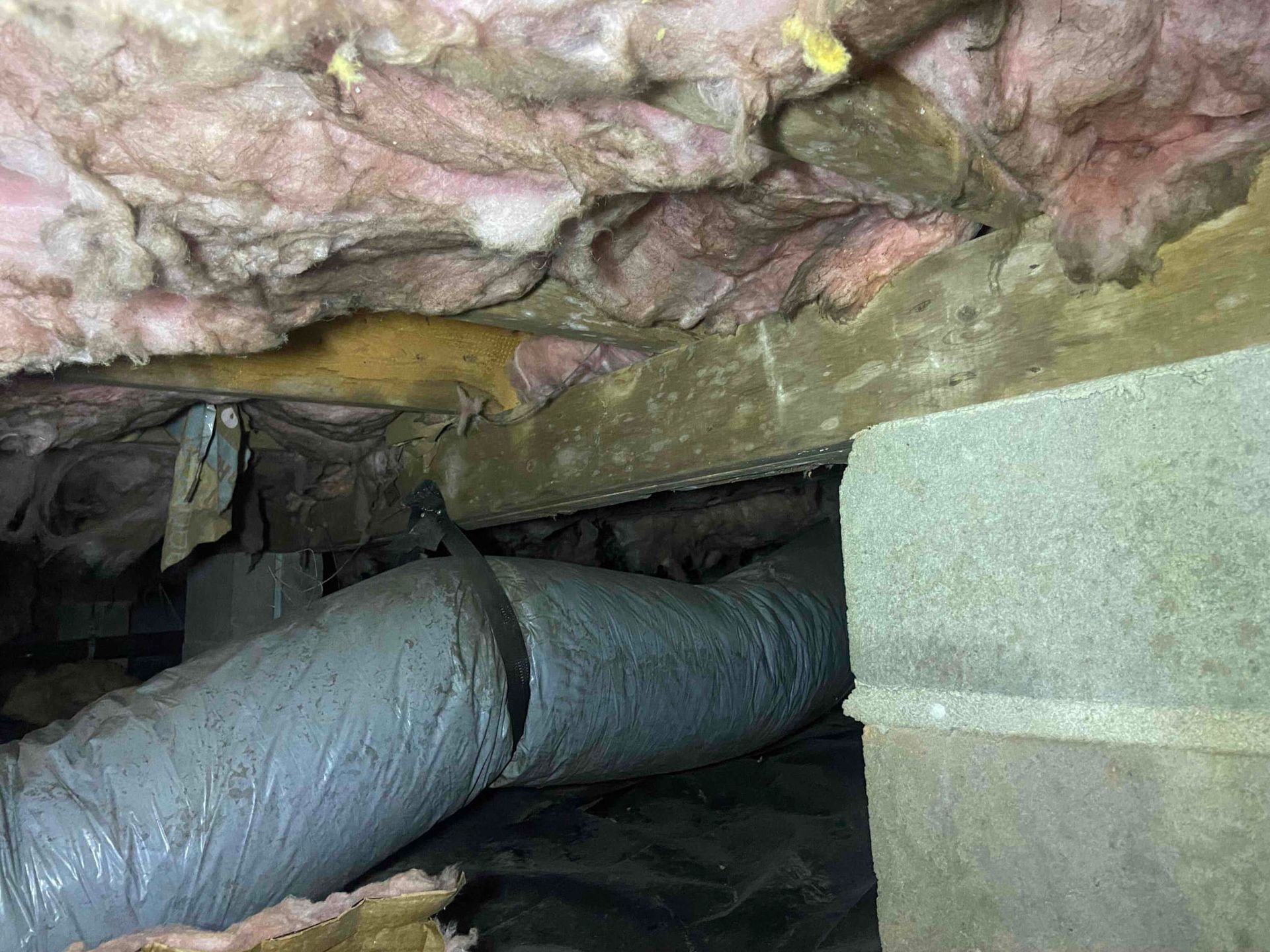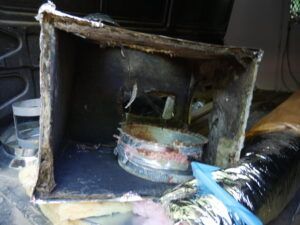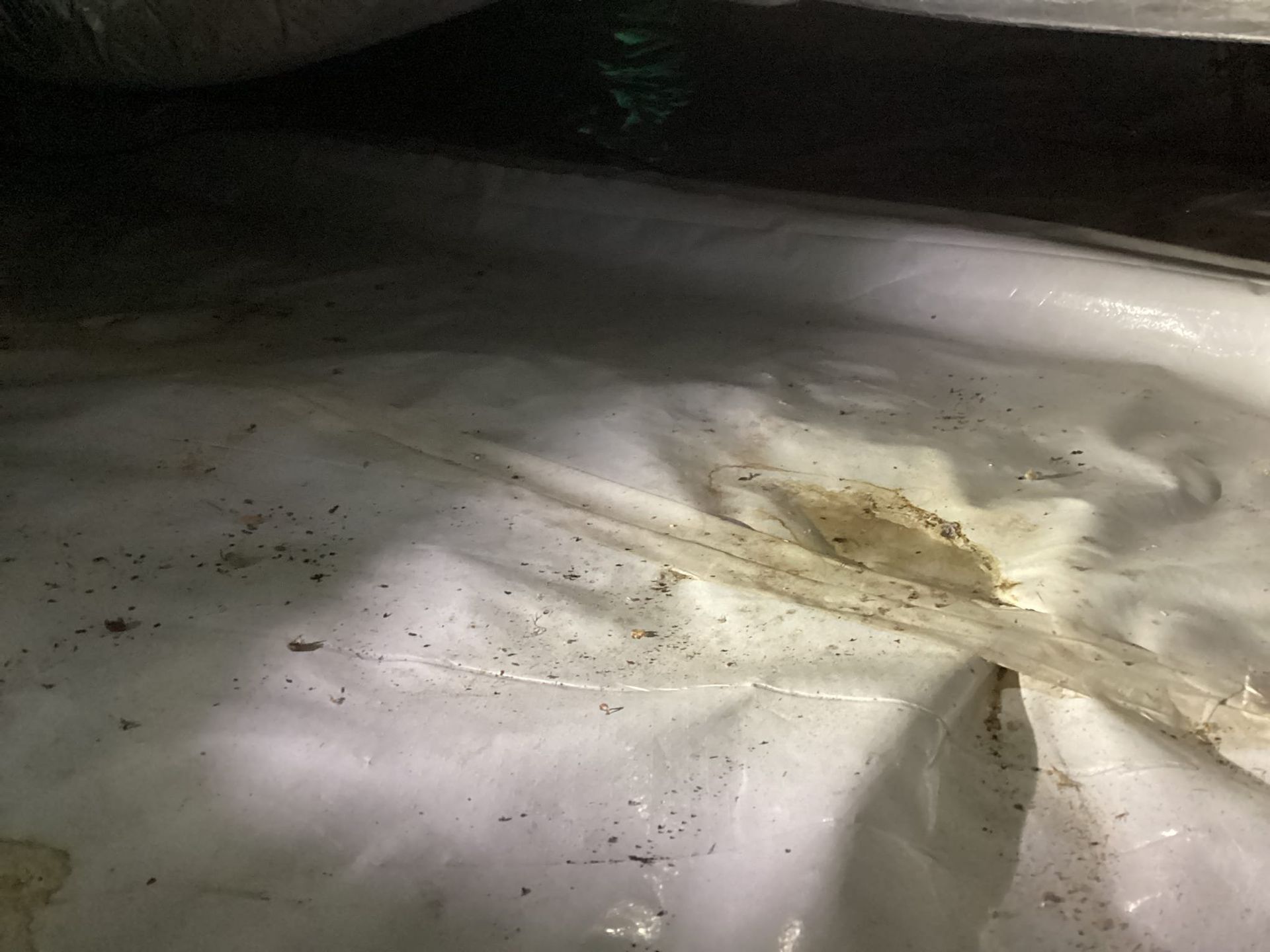Case Study: Floor Drama
How AirGuard Helped Catch a Crawlspace Crisis Before It Got Worse

The Problem: The House Was Speaking - And Not in a Good Way
When a Greenville, South Carolina family started noticing strange creaking noises and a suspicious softness in their living room floor, they assumed it was just normal aging in their 40-year-old home. But as the weeks went by, the squeaks grew louder, and the floor began to feel noticeably unstable underfoot. Something wasn't right.
At first glance, there were no obvious leaks, visible mold, or plumbing issues. But the creeping feeling that the house was trying to tell them something just wouldn’t go away.
The AirGuard Alert That Changed Everything
Fortunately, the family had recently installed an AirGuard device - a smart indoor air quality monitor that not only tracks humidity and temperature, but also monitors mold risk in the home’s structure, including crawlspaces.
That’s when they received a critical alert:
"AirGuard has detected a greater than 90% probability of the presence of mold. It is recommended to confirm with a certified inspector."
This was the first real clue that something was wrong beneath the surface.
Investigation & Findings: A Hidden Moisture Problem
After receiving the alert, the homeowners contacted a local HVAC company and a mold professional to inspect and test the crawlspace. What they found confirmed AirGuard's warning:
- Air testing revealed high levels of Cladosporium and visible surface mold was found on joists and insulation.
- Humidity levels were consistently above 70%.
- The sump pumps were installed poorly and had stopped working.
- Minimal air circulation meant moisture was trapped under the home.
- Wood framing near the floor was beginning to soften and flex.
Had this continued for another season, the repairs could have escalated to include subfloor replacement and mold remediation throughout the entire home.
The Solution: Quick Action, Lasting Impact
With AirGuard providing ongoing environmental monitoring, the remediation team took a multi-step approach:
- Dehumidification – A crawlspace-grade dehumidifier was installed and tied into the HVAC system.
- Sump Pump Replacement – The old pumps were removed and replaced.
- Mold Treatment – A targeted mold-cleaning agent was applied to all affected joists and surfaces.
- AirGuard Monitoring – Real-time tracking continued to verify improvements in humidity and air quality.
The Results: Restored Floors and Peace of Mind
Within two weeks, the floor began to feel more stable, and creaking diminished significantly. Most importantly, AirGuard reported:
- Crawlspace humidity reduced from 70% to 48%
- No active mold detected
- Predicted mold risk returned to “NORMAL”
The family avoided thousands of dollars in potential structural damage - and gained confidence that their home was being proactively protected.
Why This Case Matters
This case shows how environmental problems in hidden spaces like crawlspaces or basements can quietly threaten a home's structural integrity. But with smart monitoring and early detection, homeowners can take action before damage becomes expensive - or irreversible.
AirGuard doesn’t just protect your air. It protects your home.




